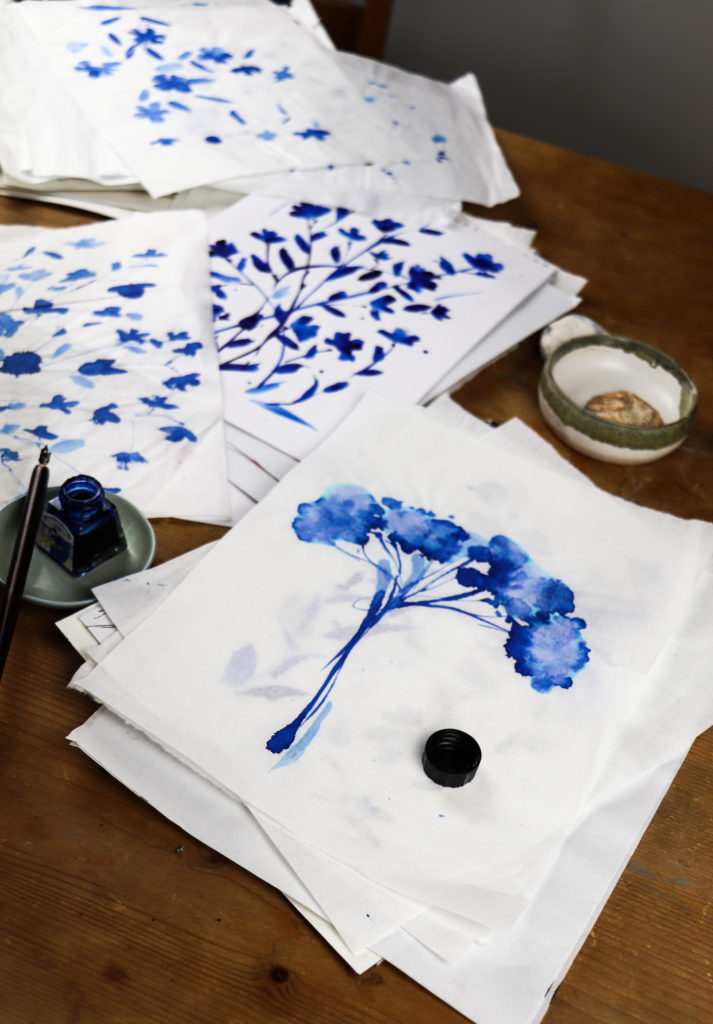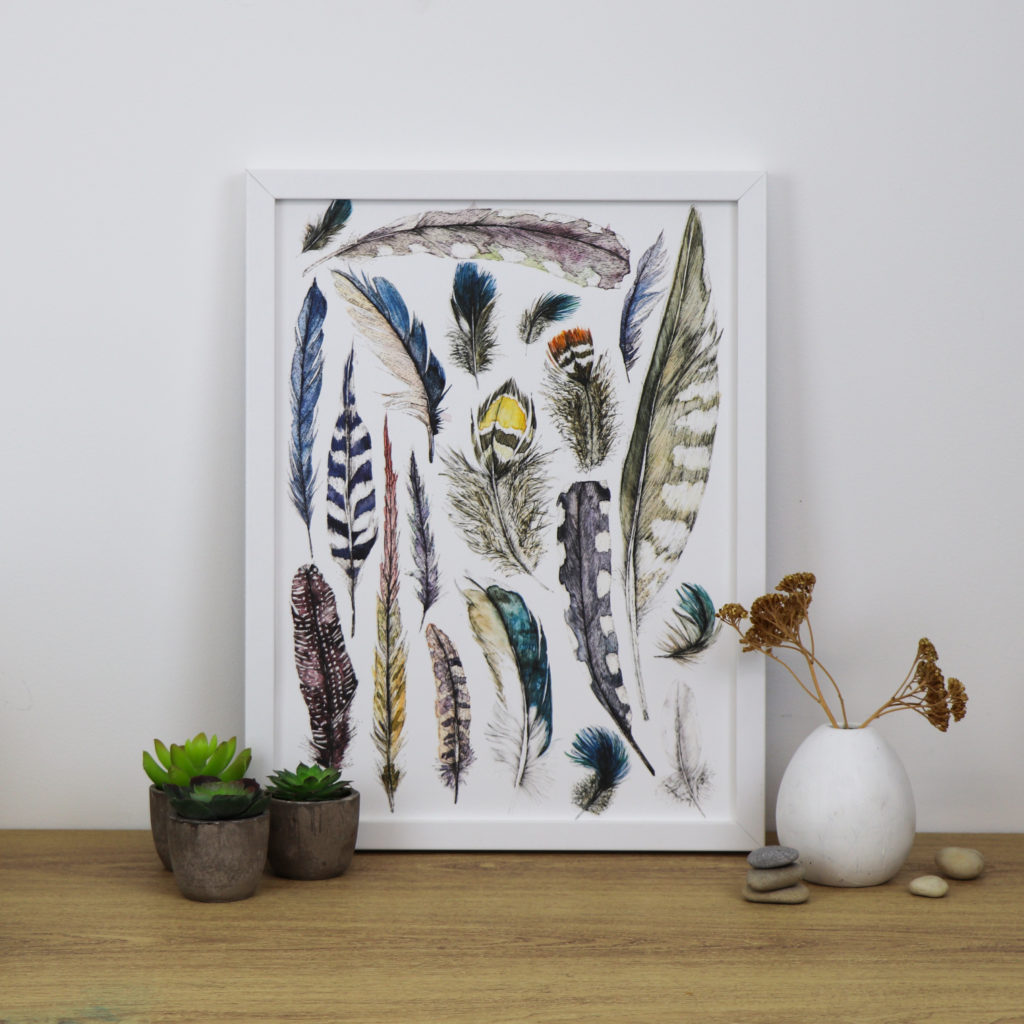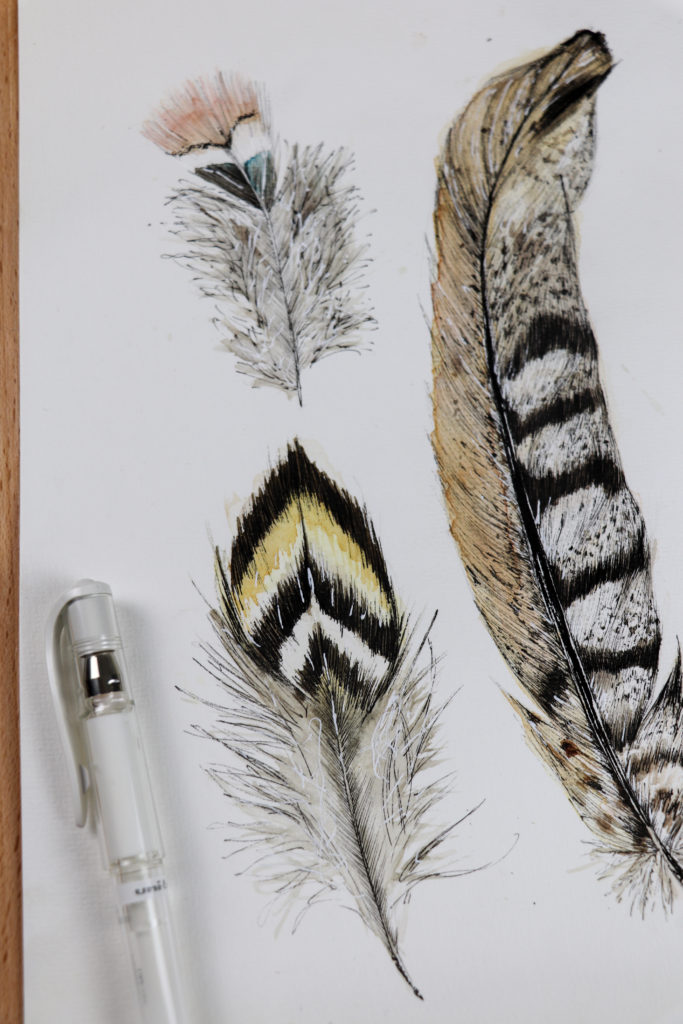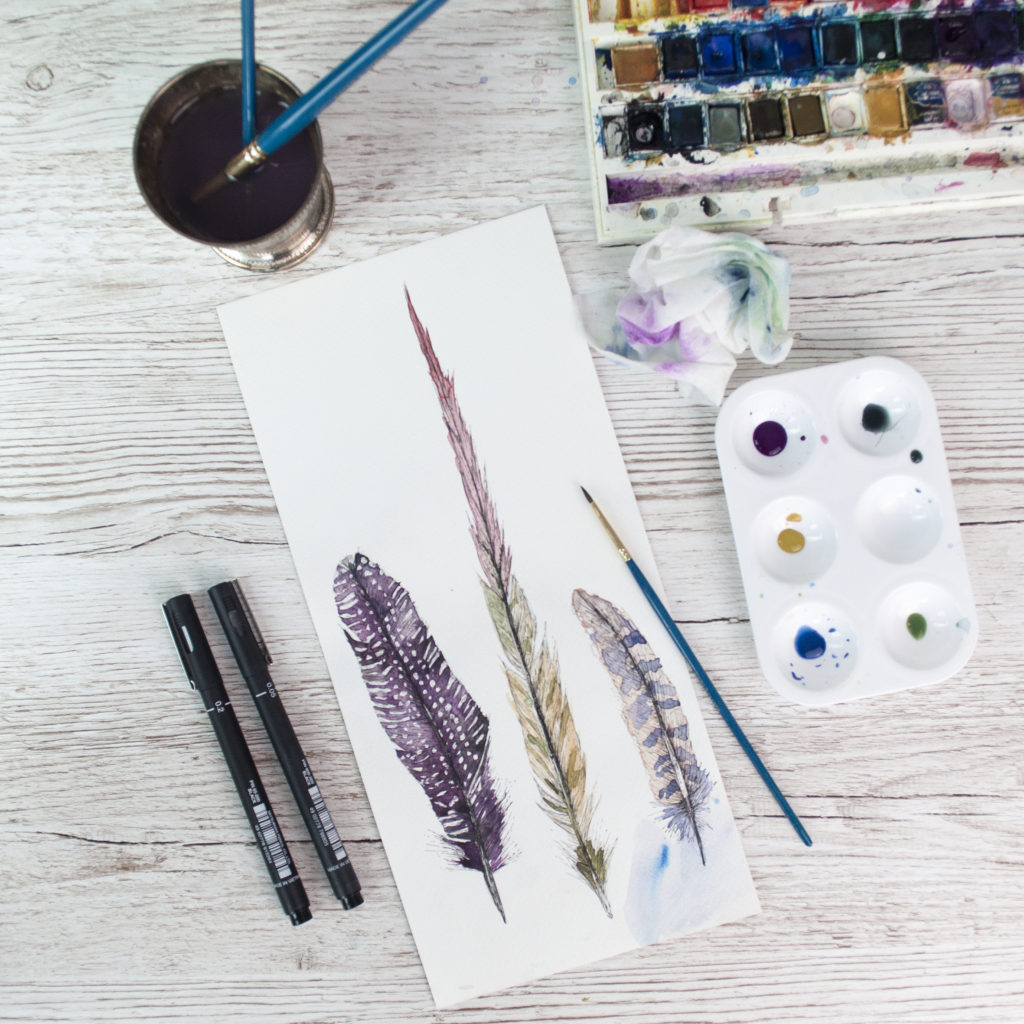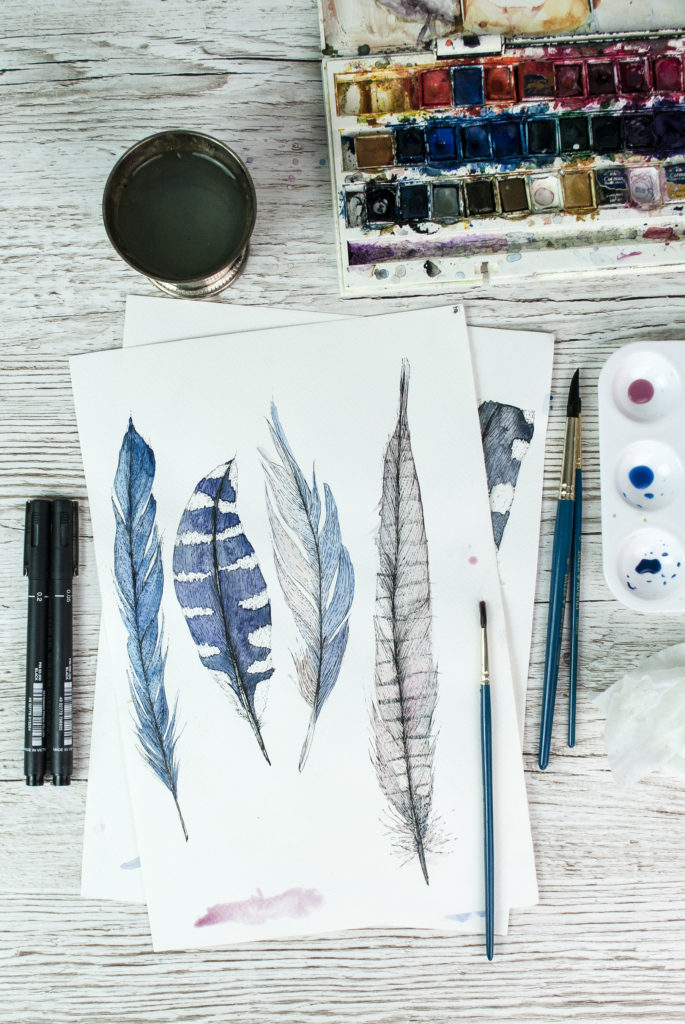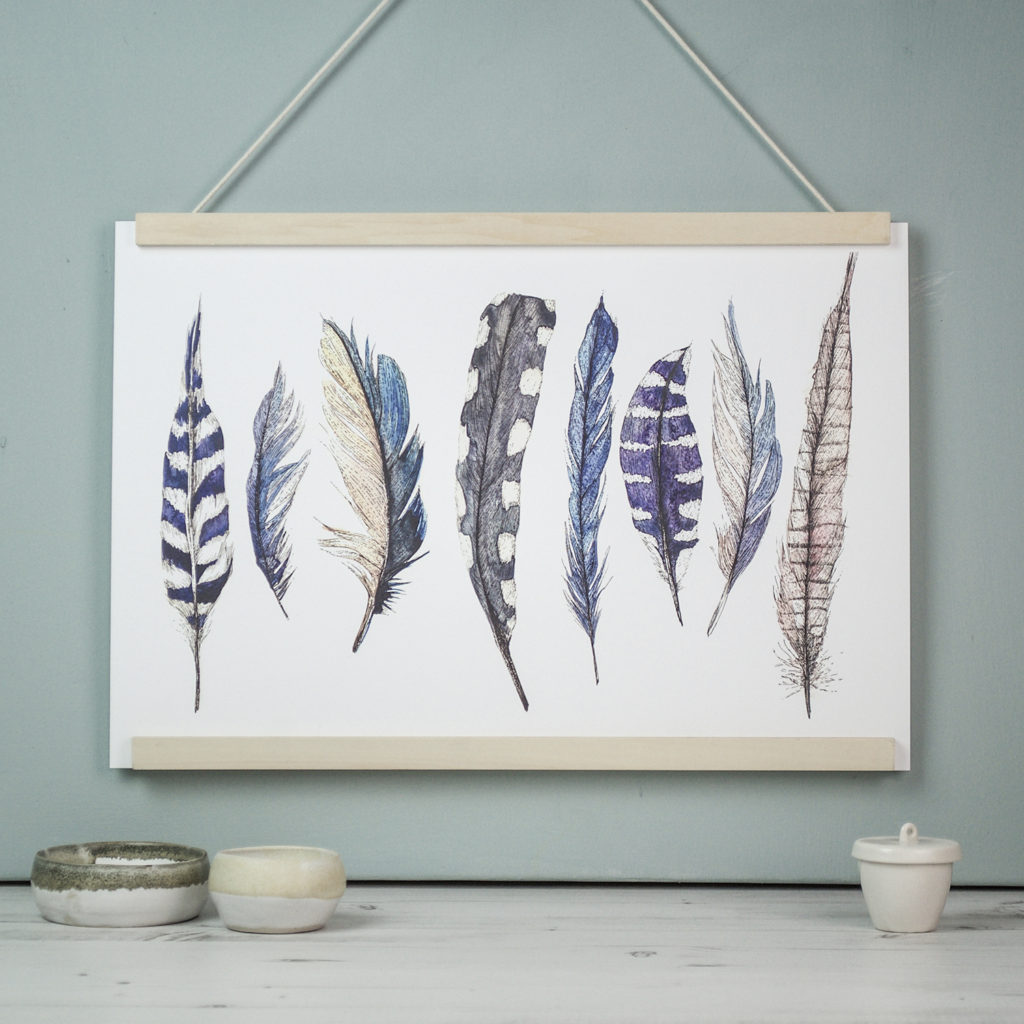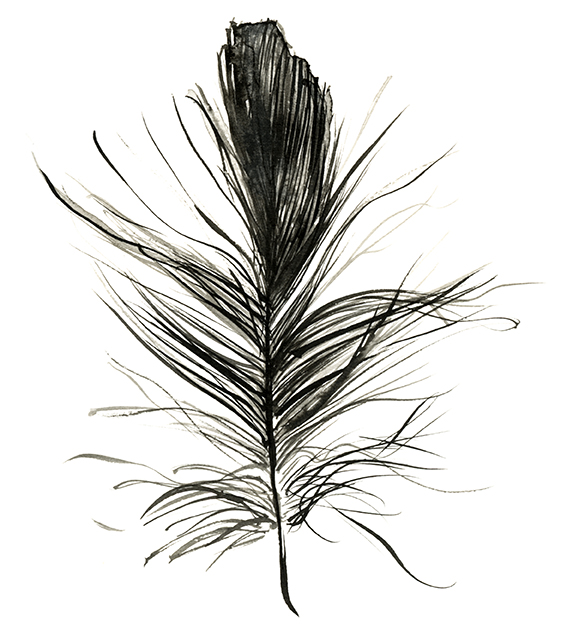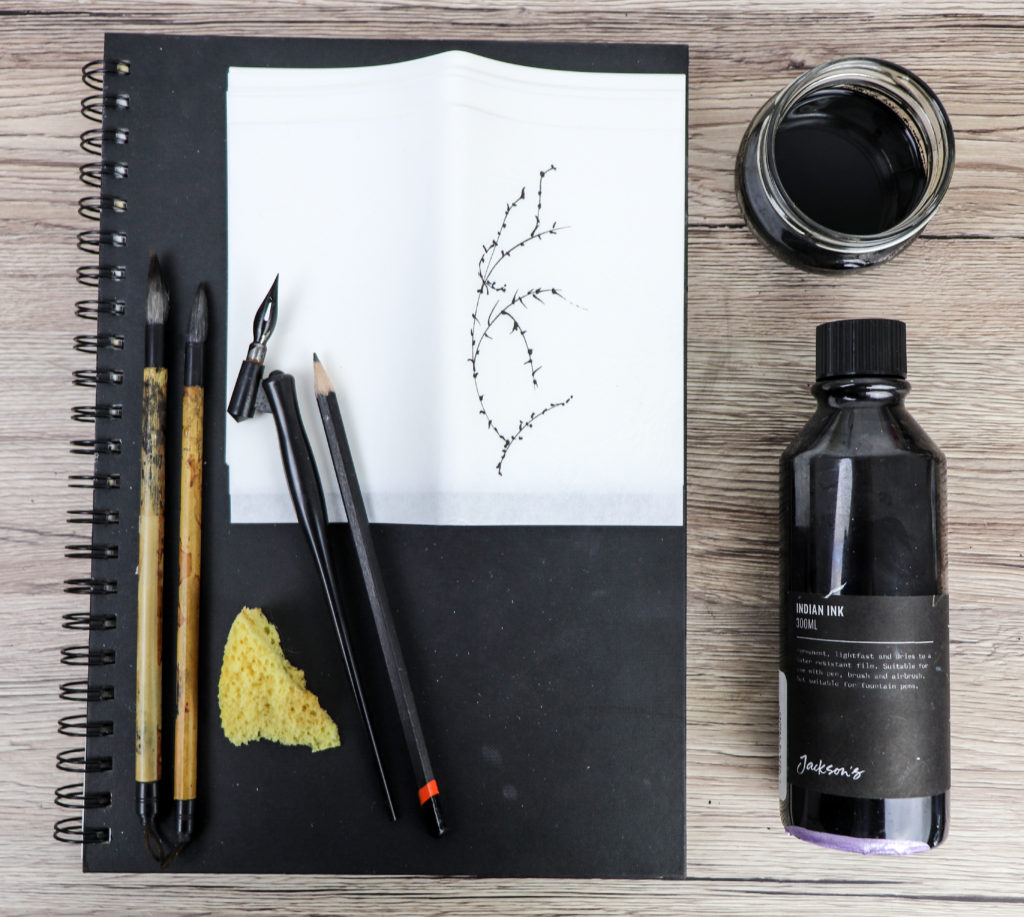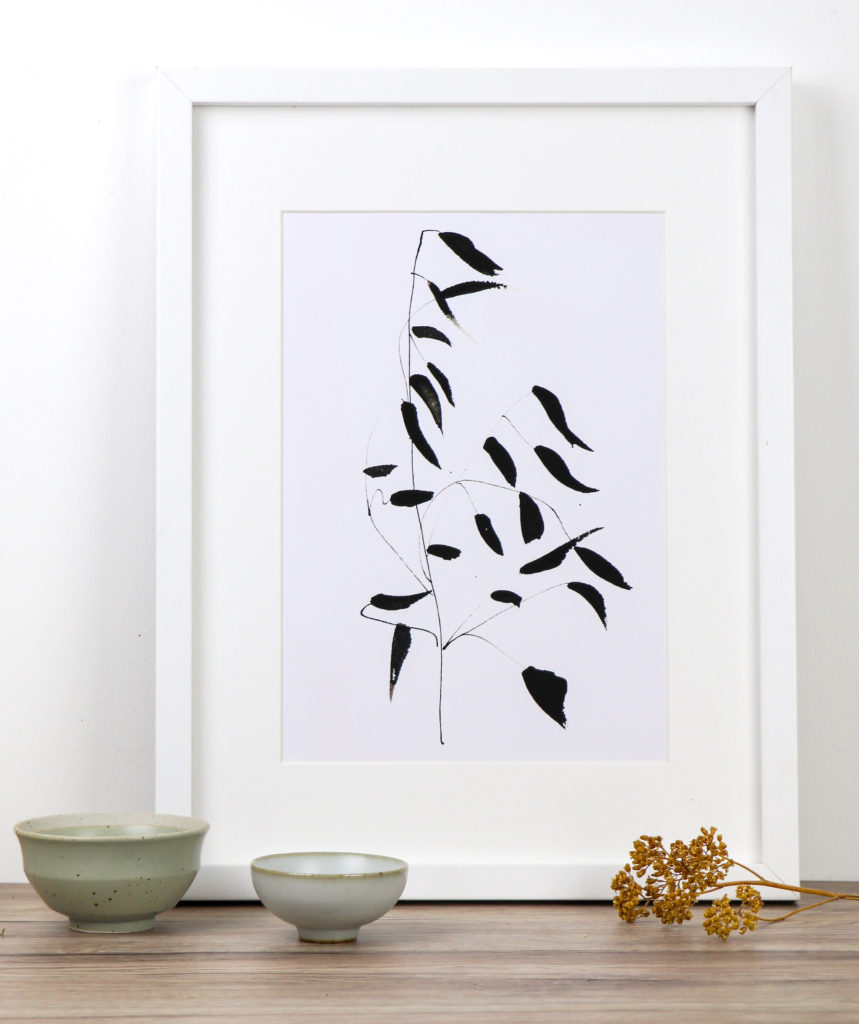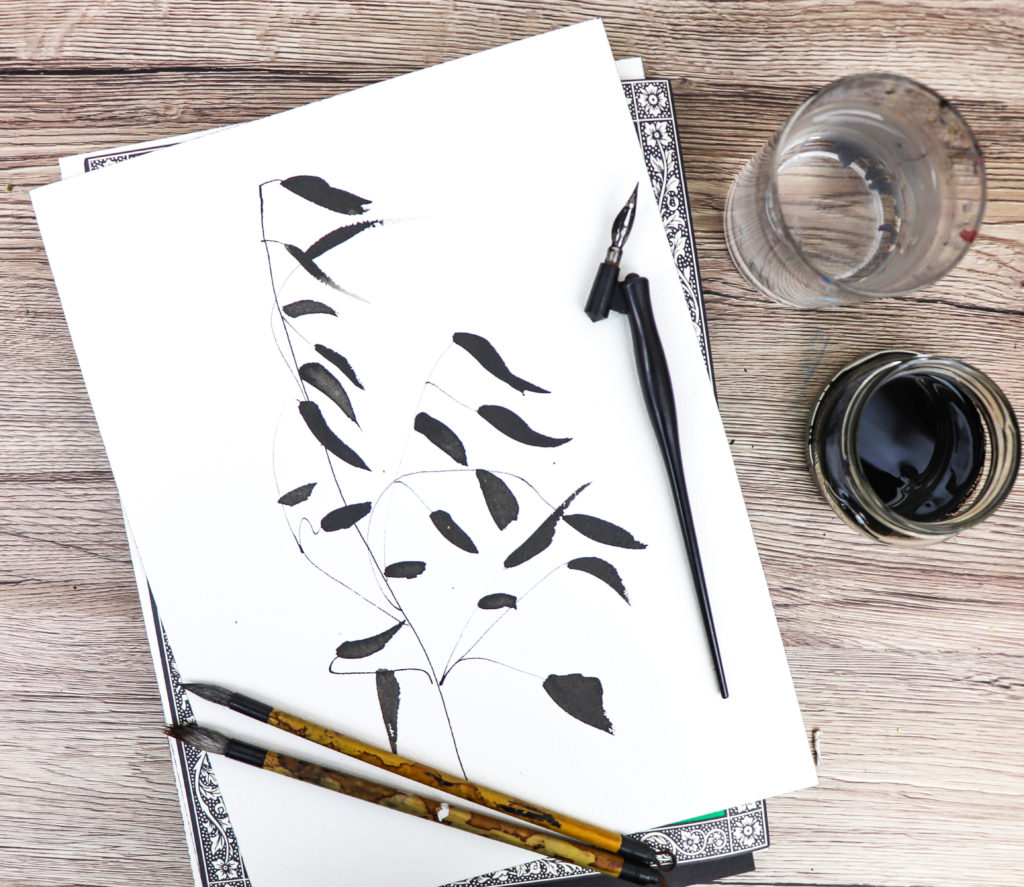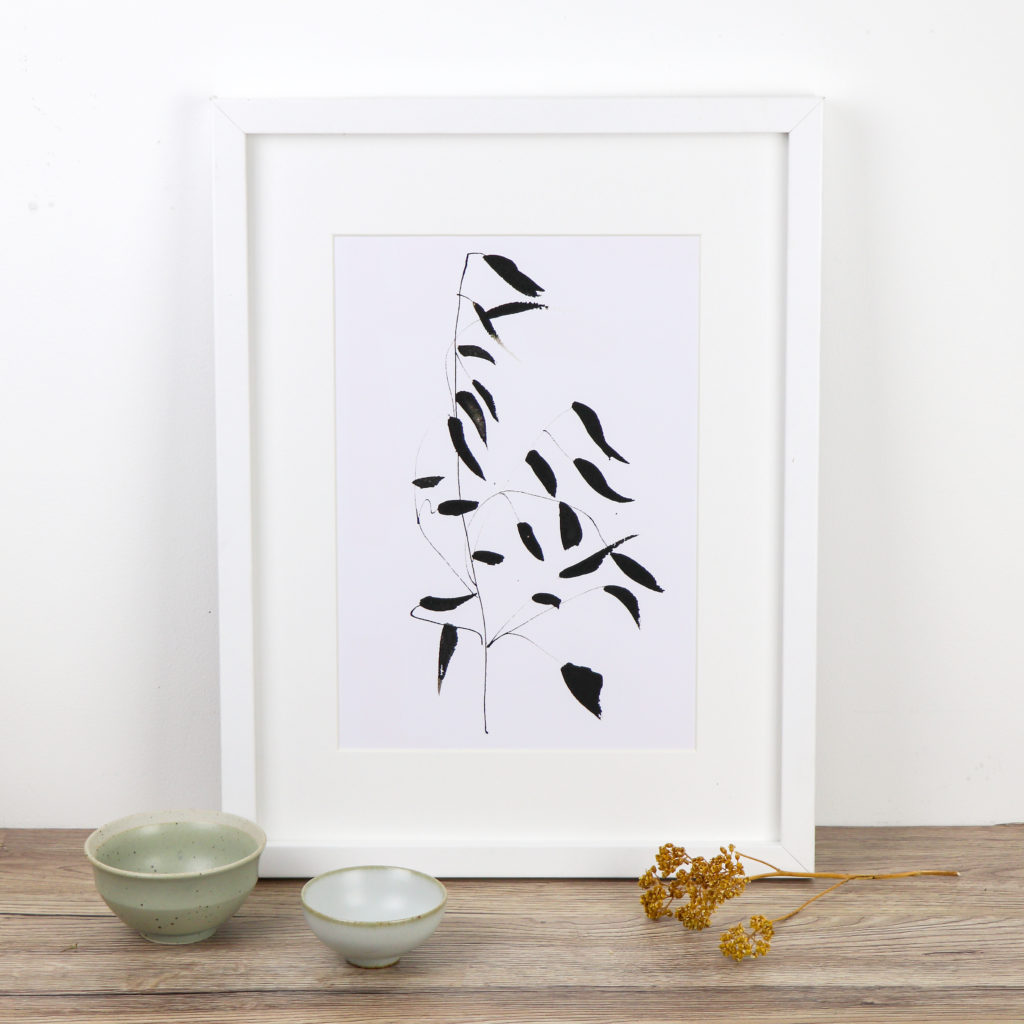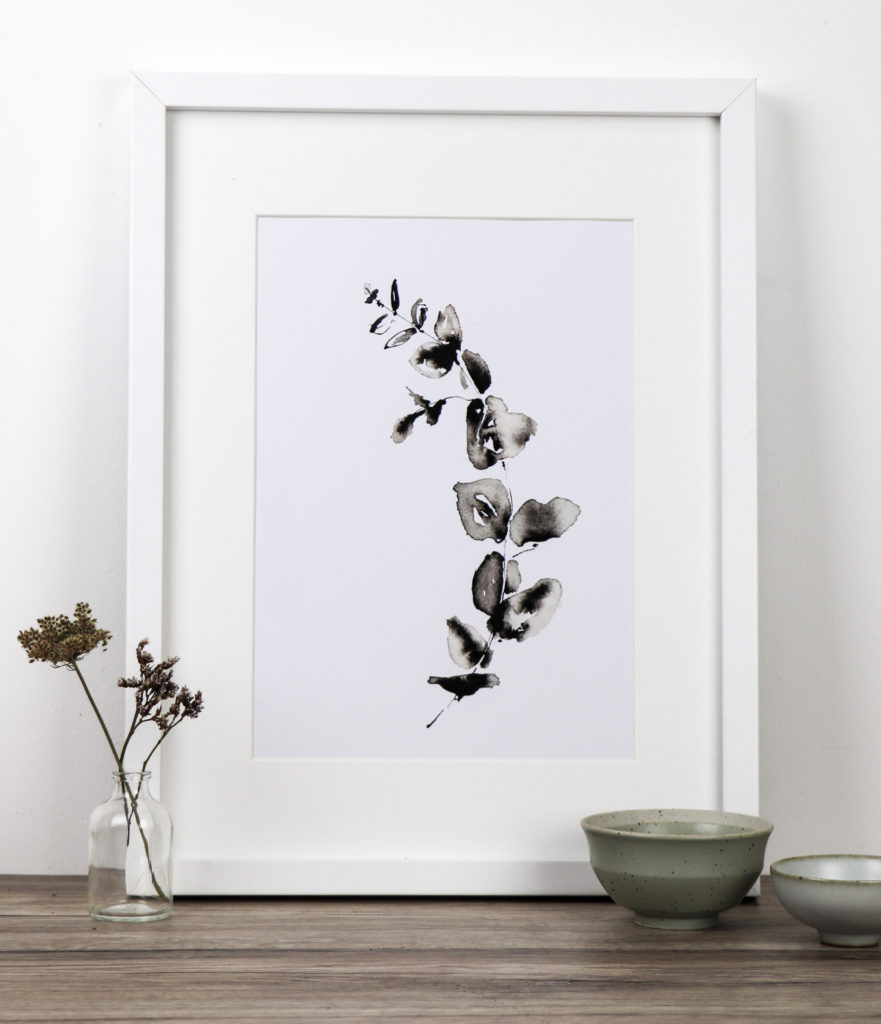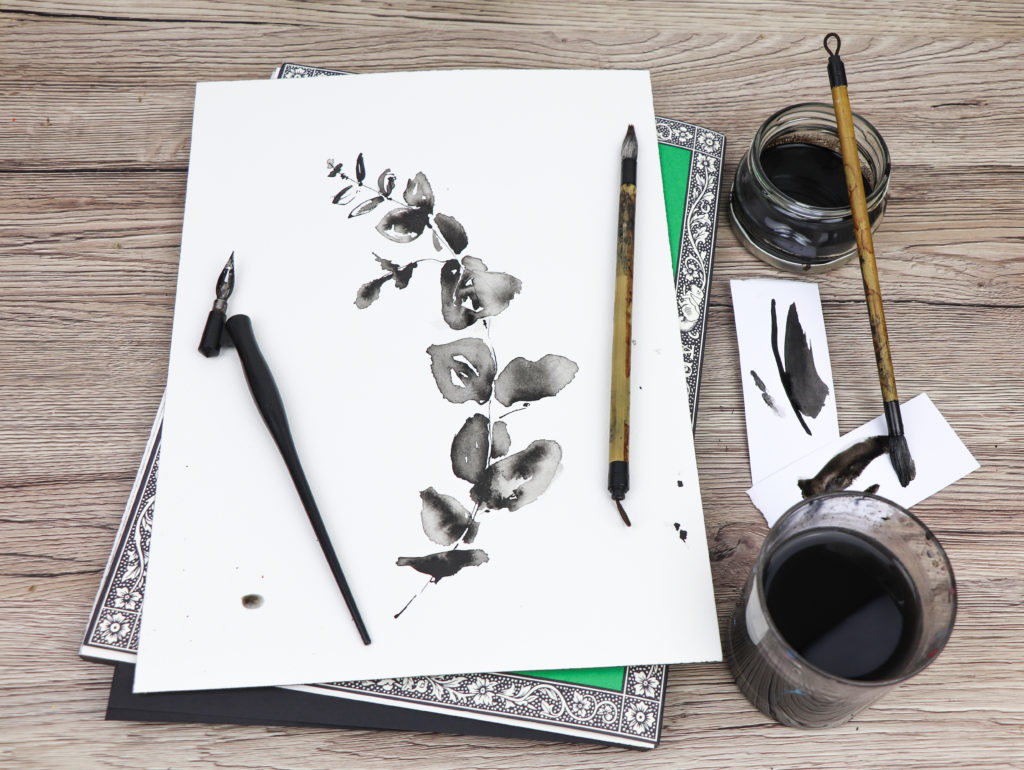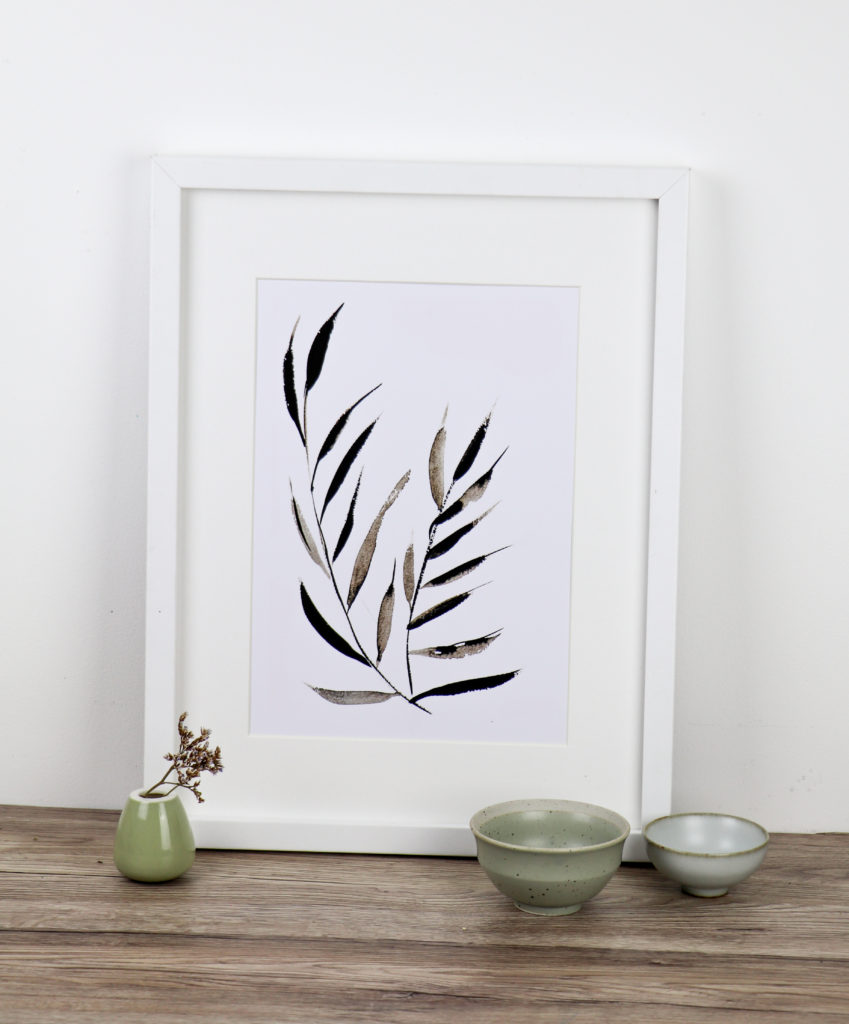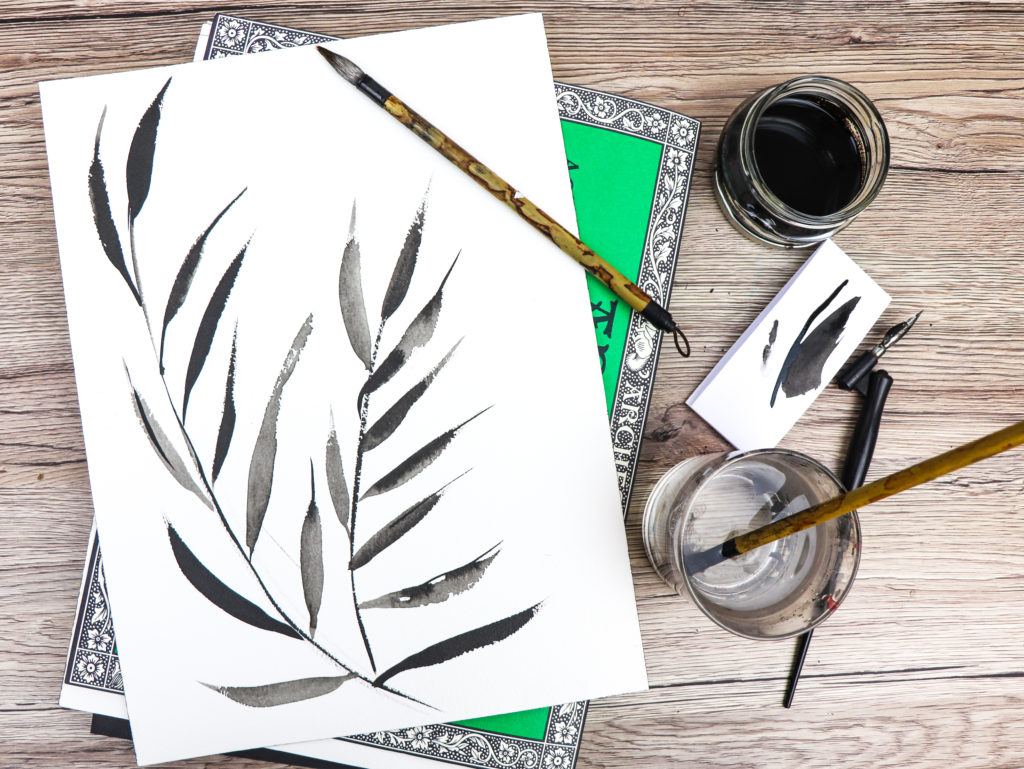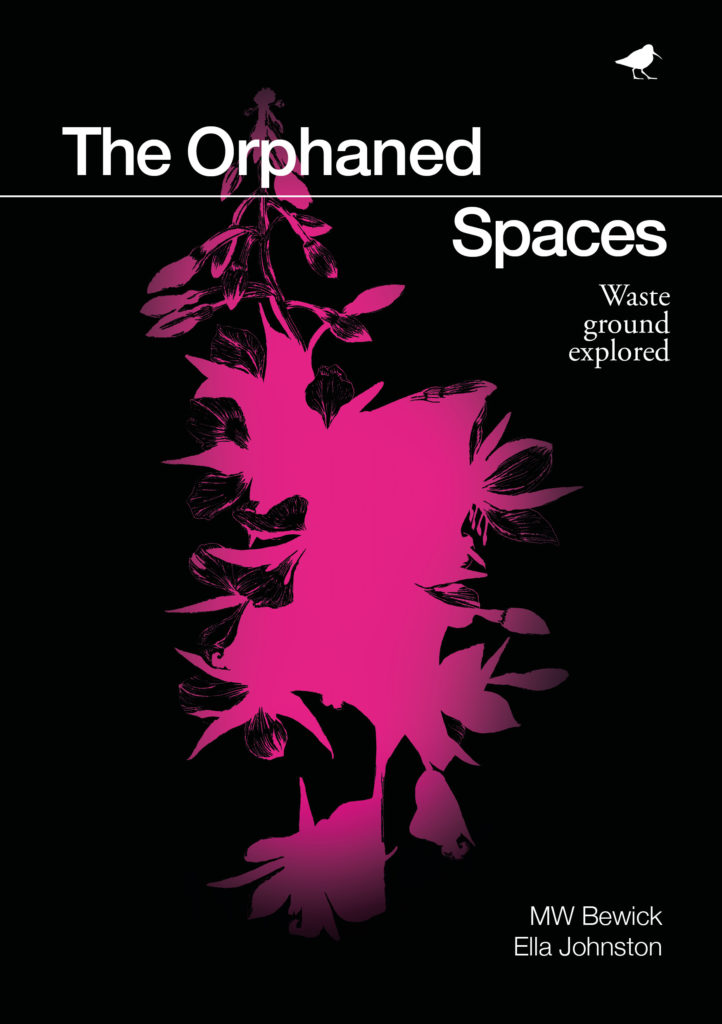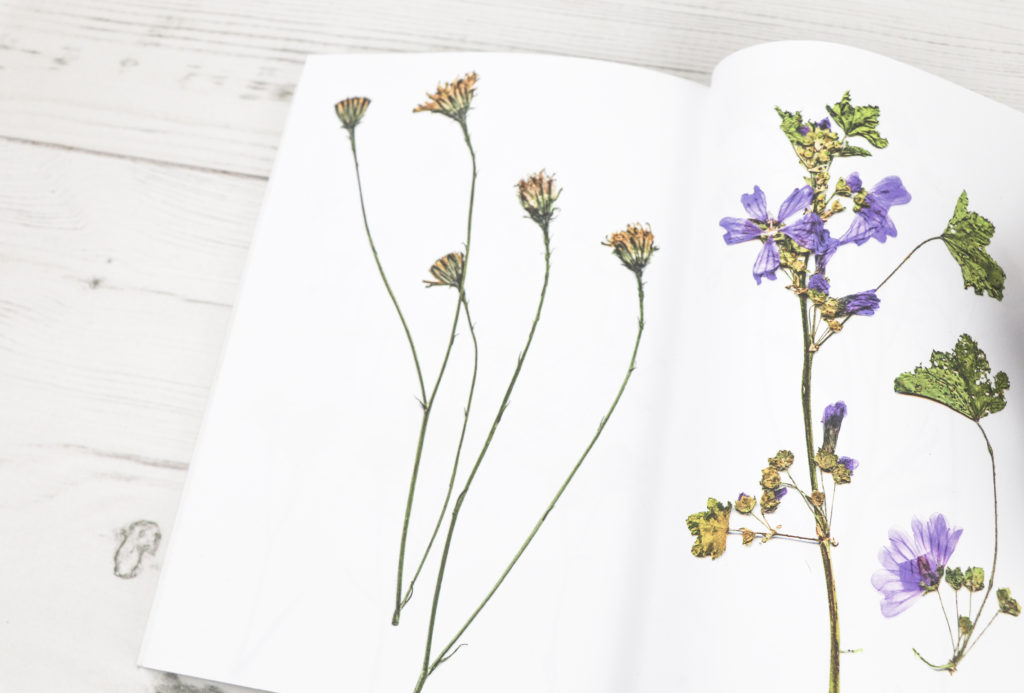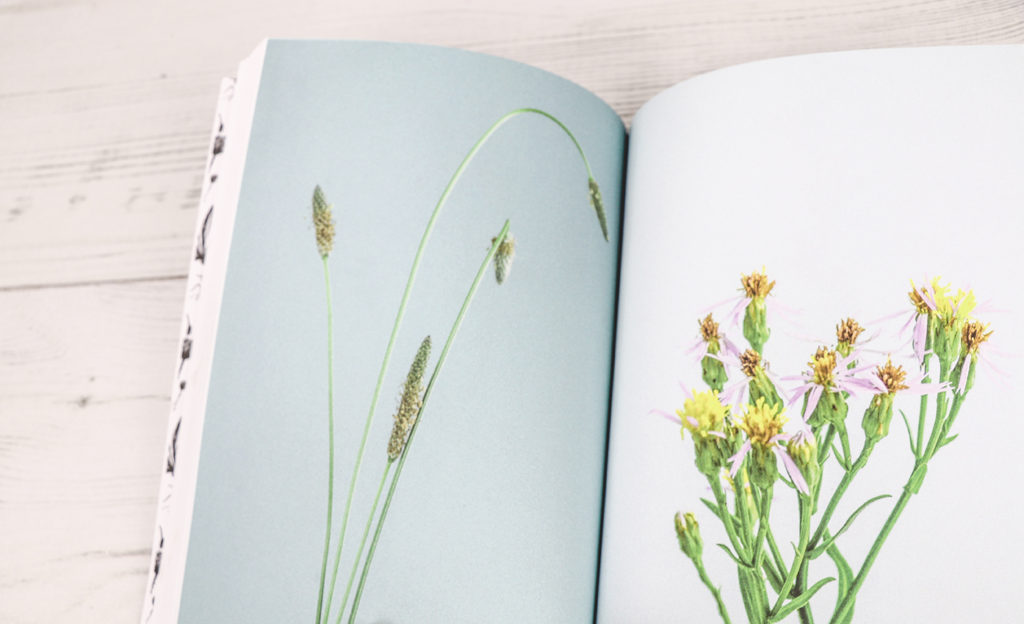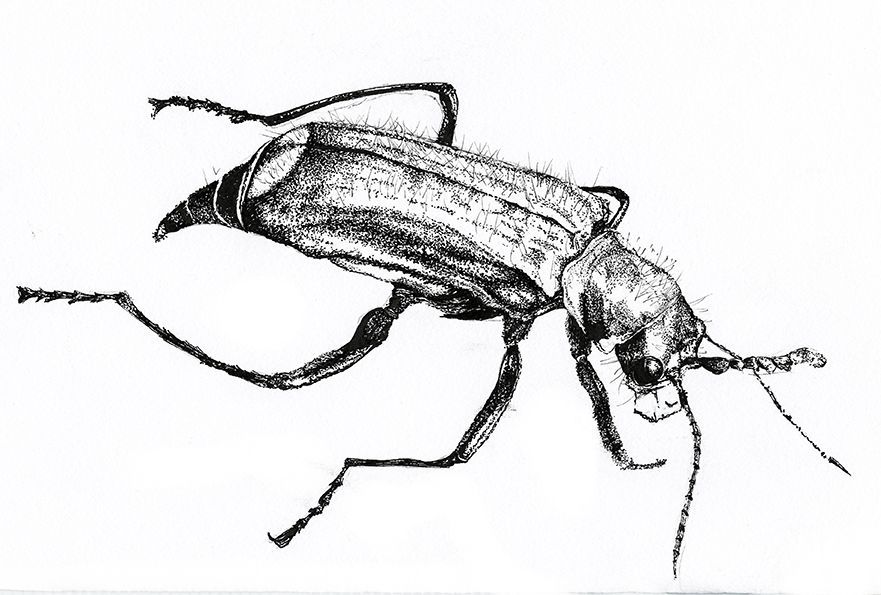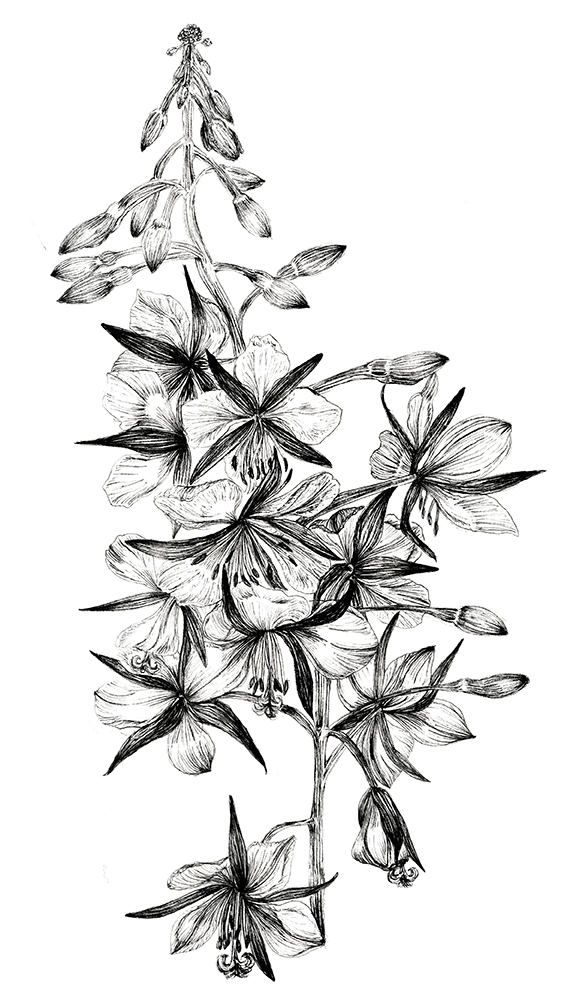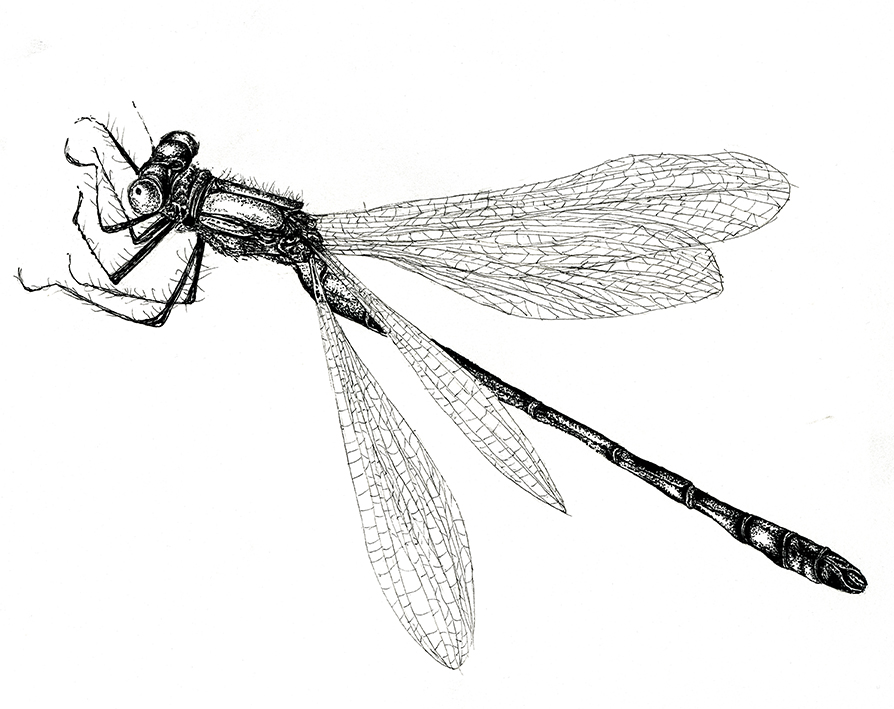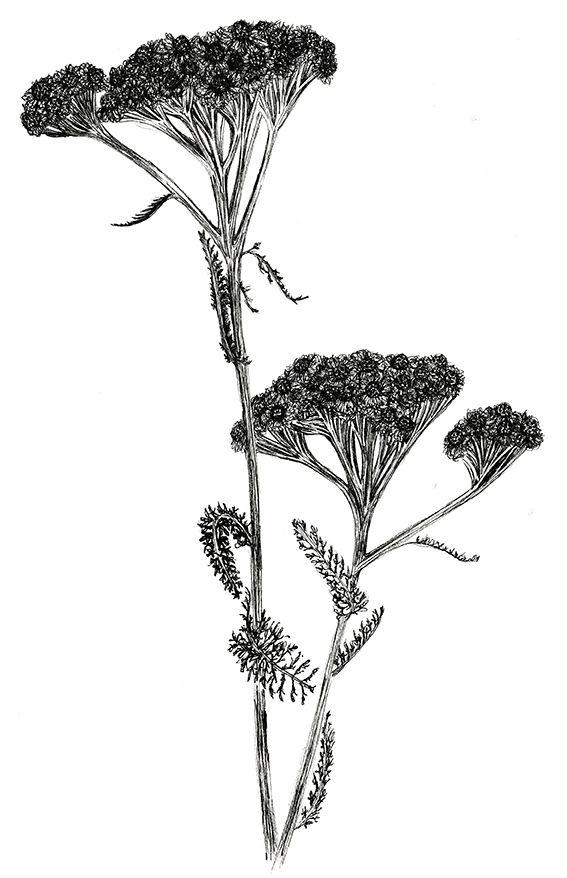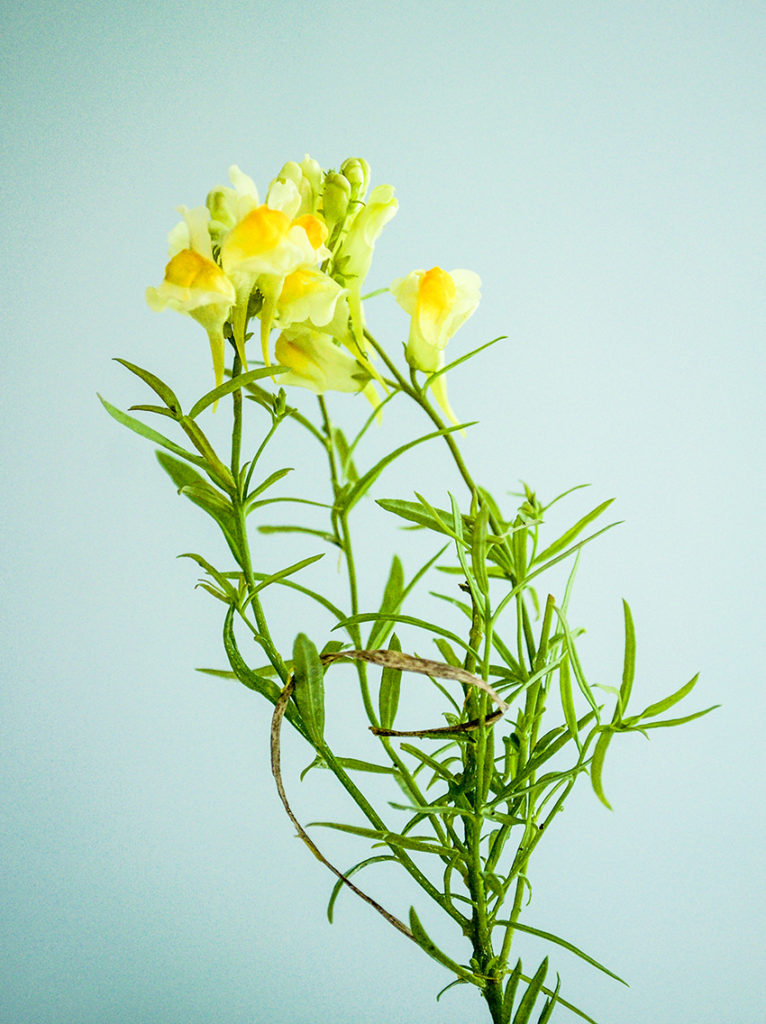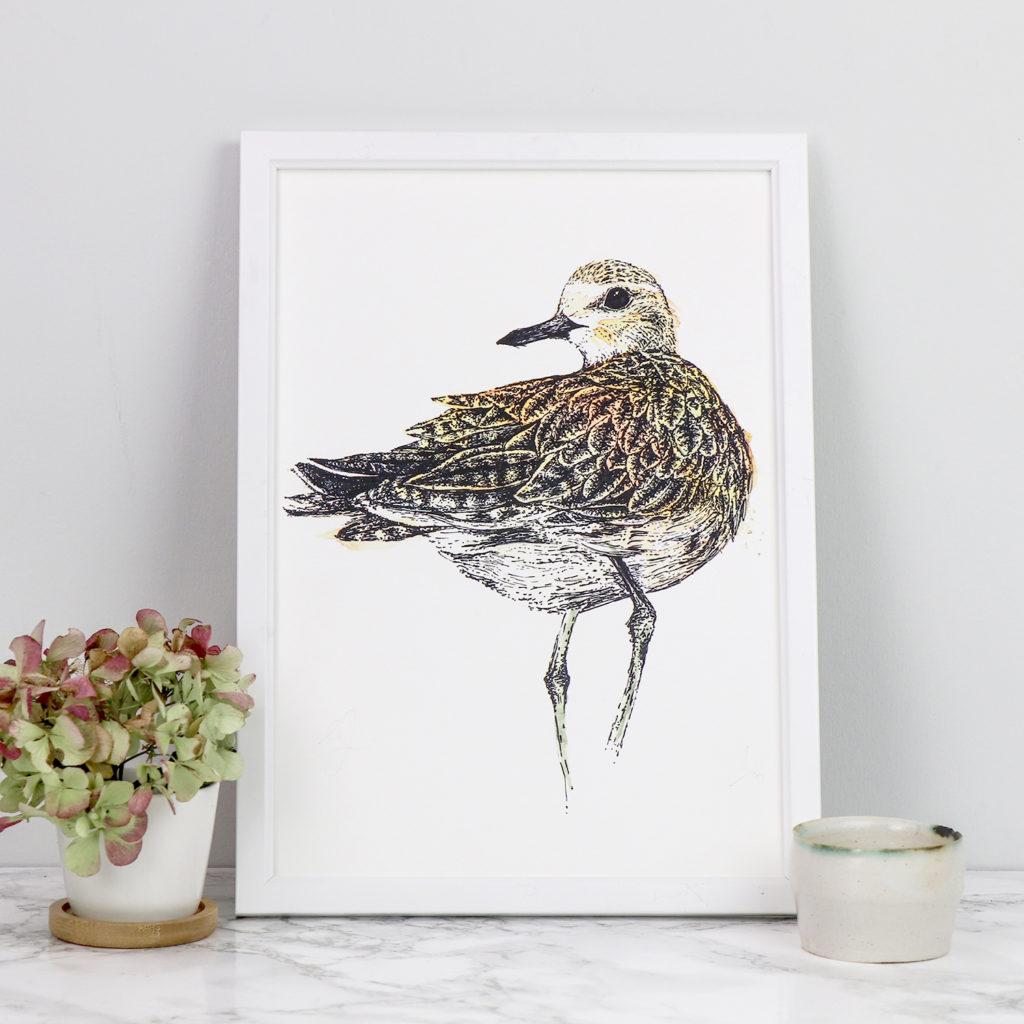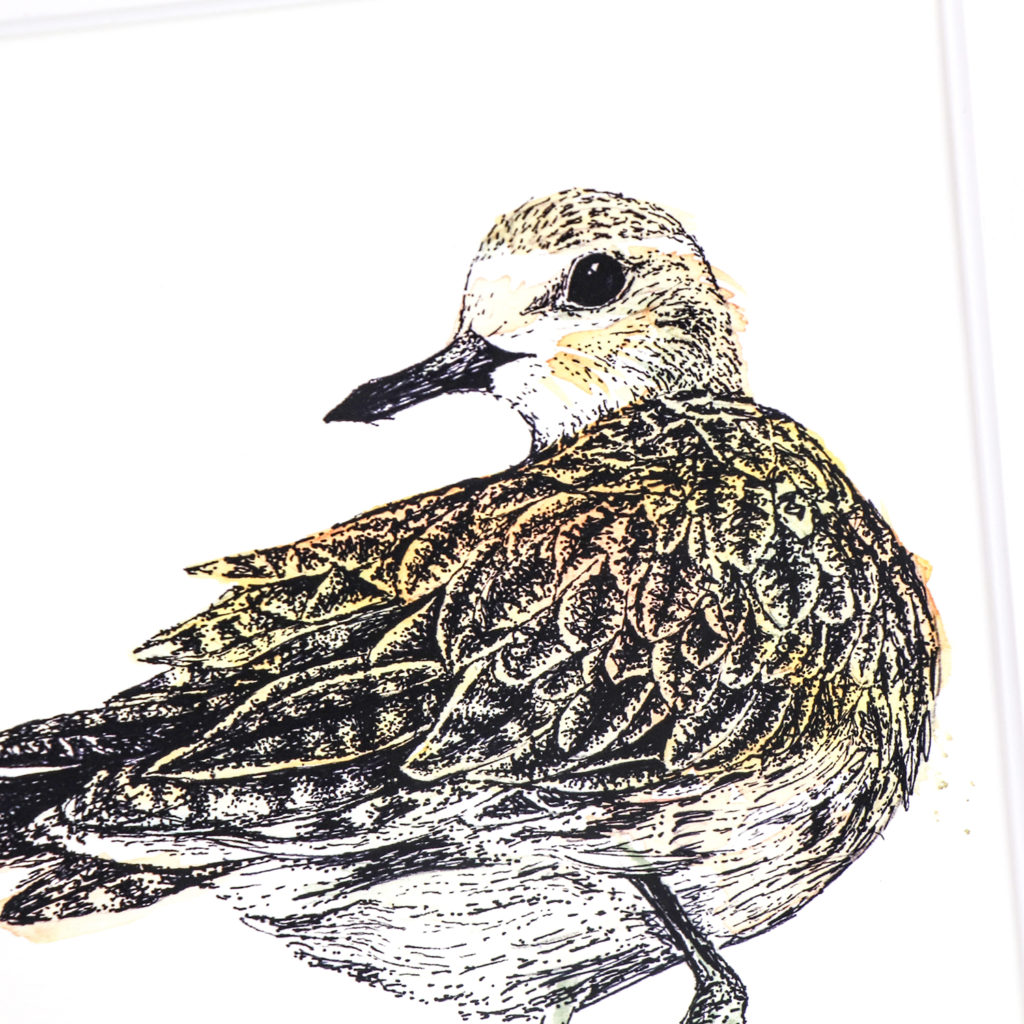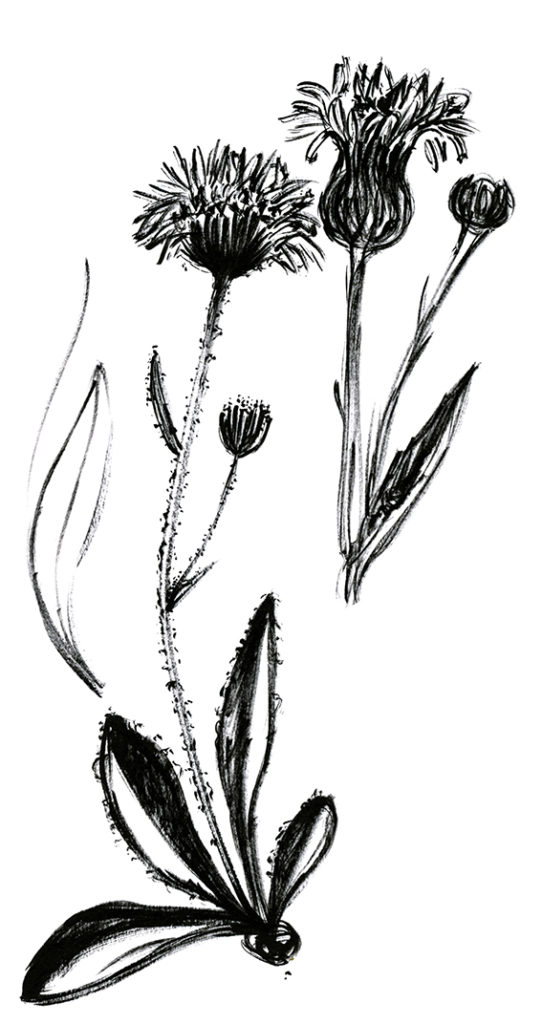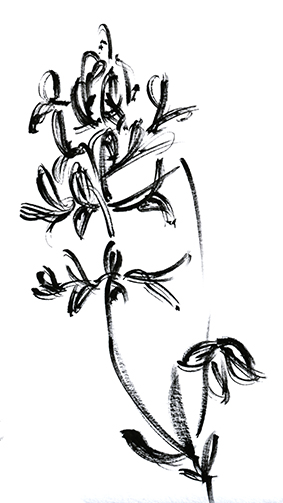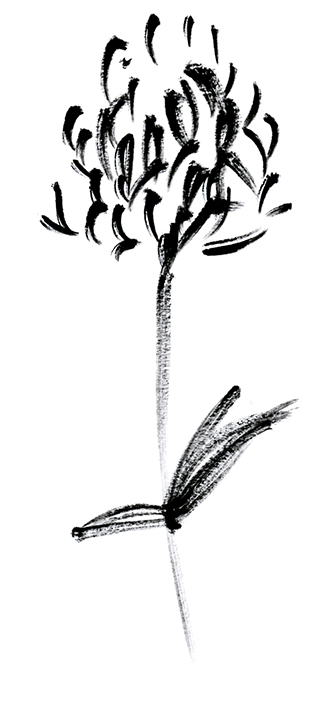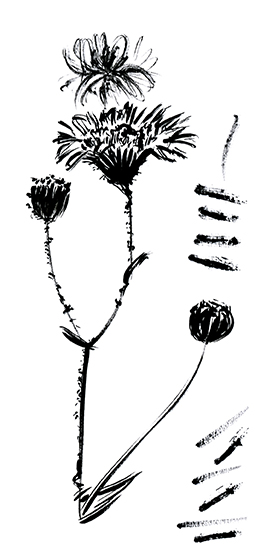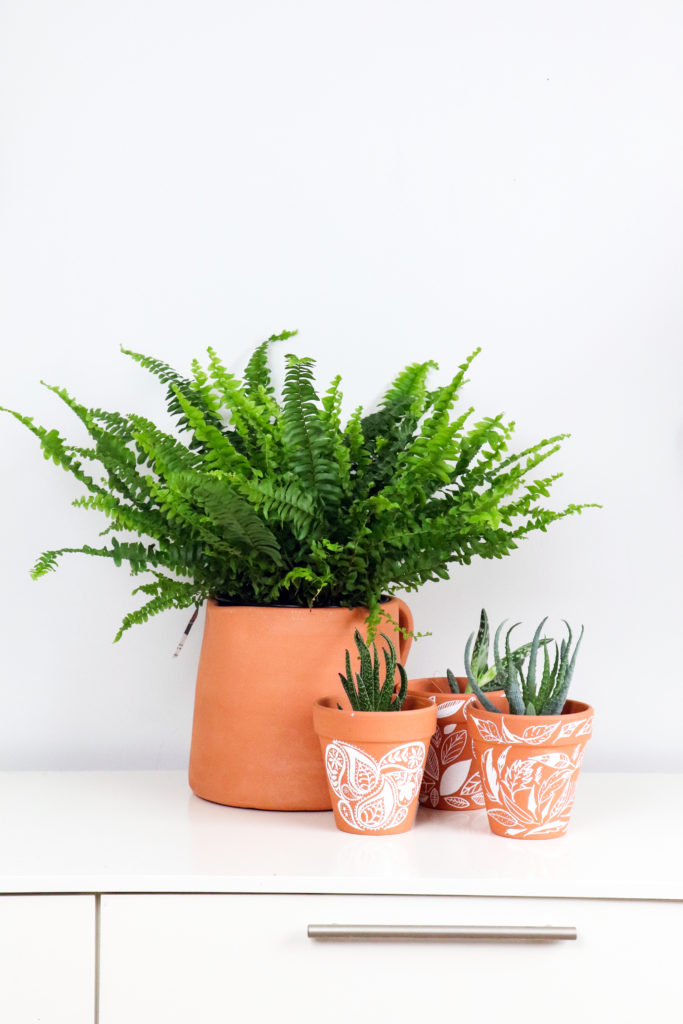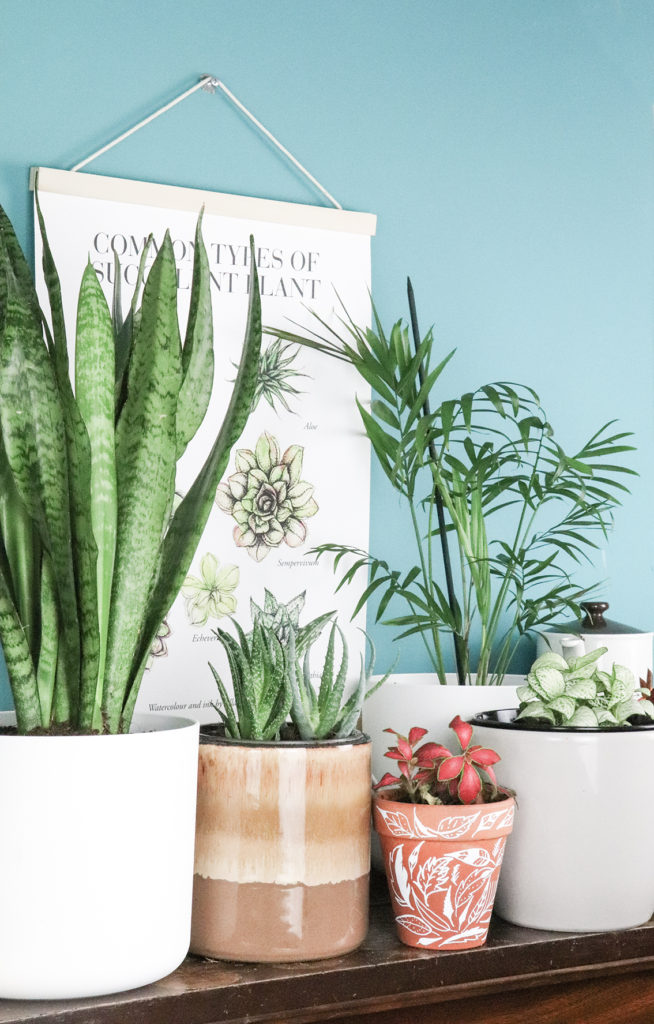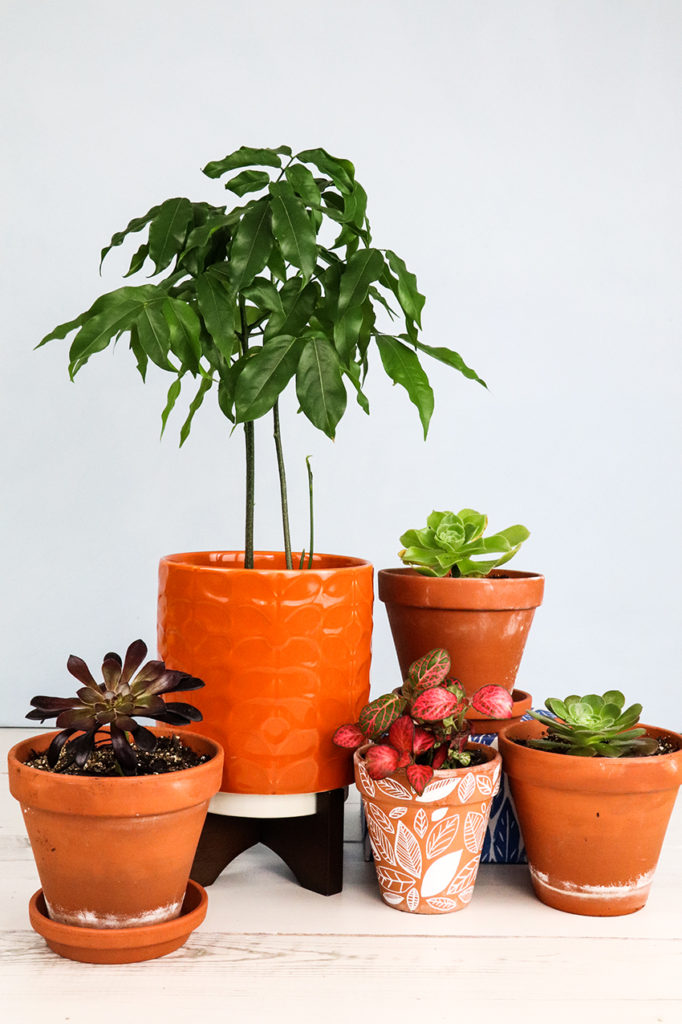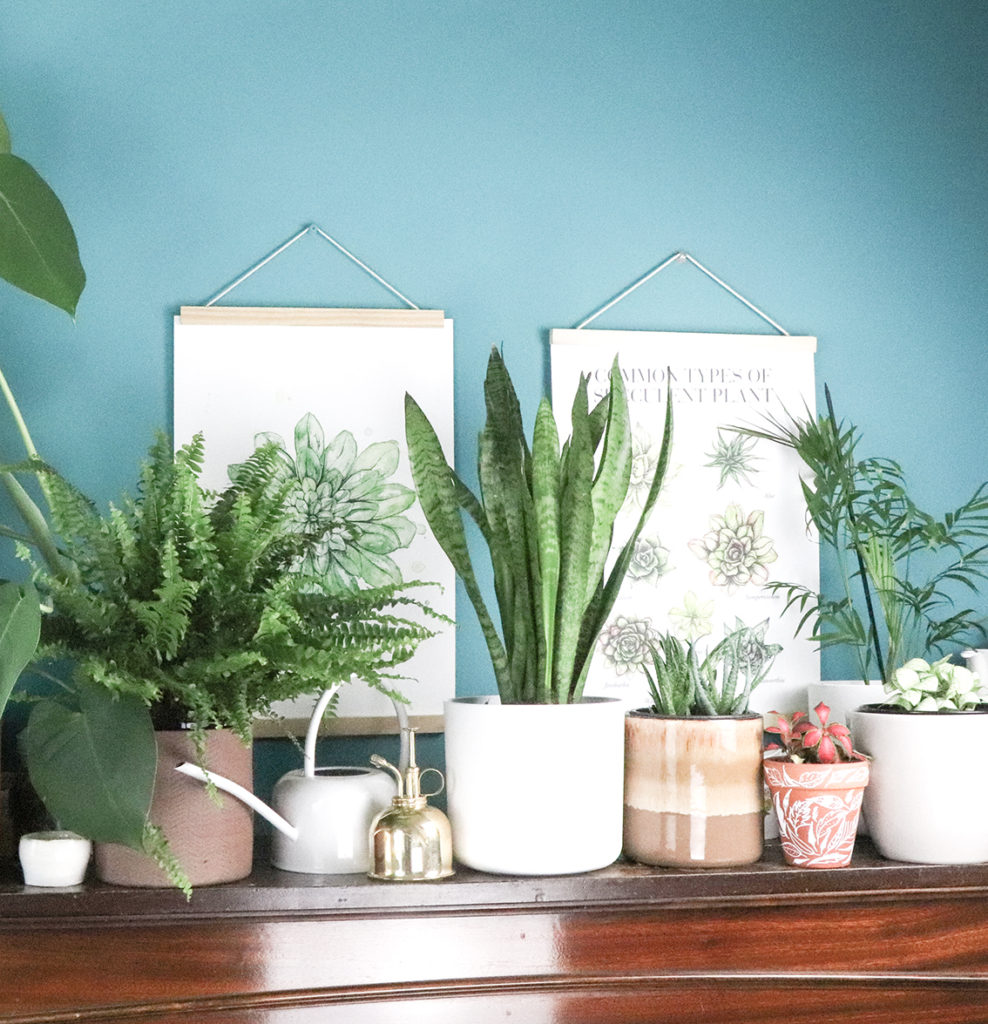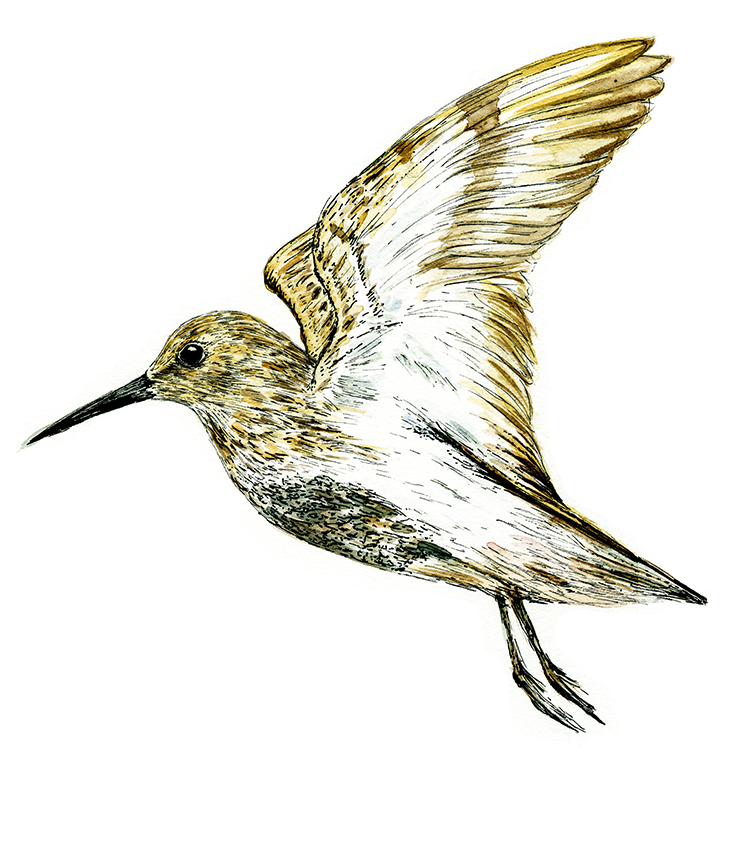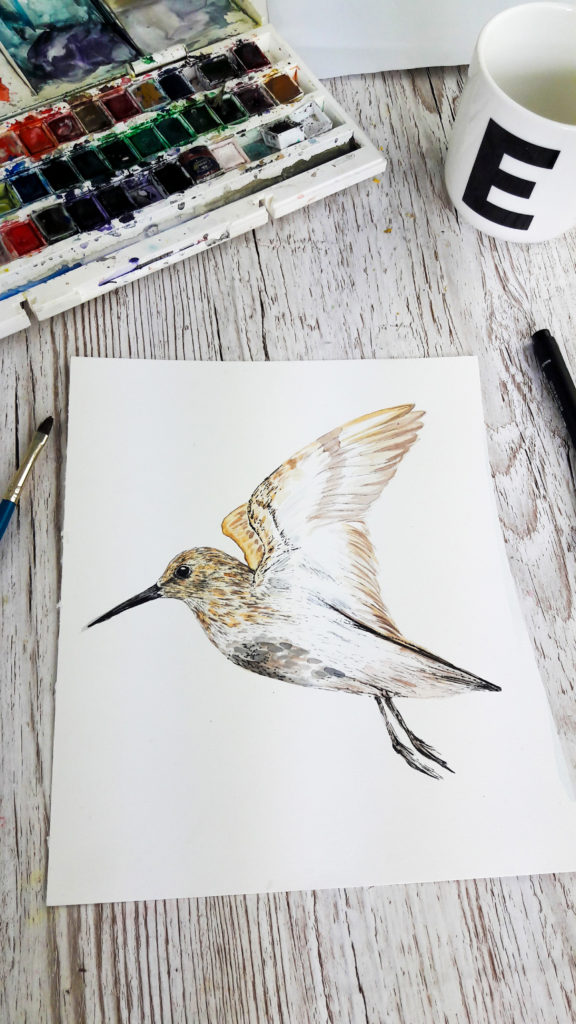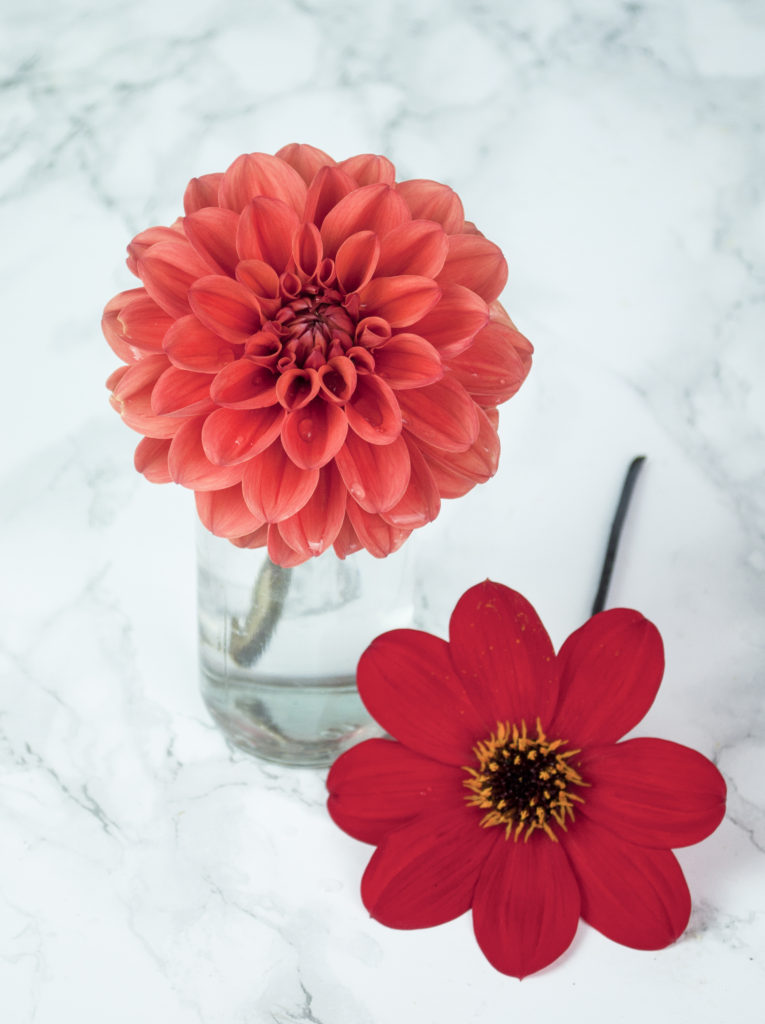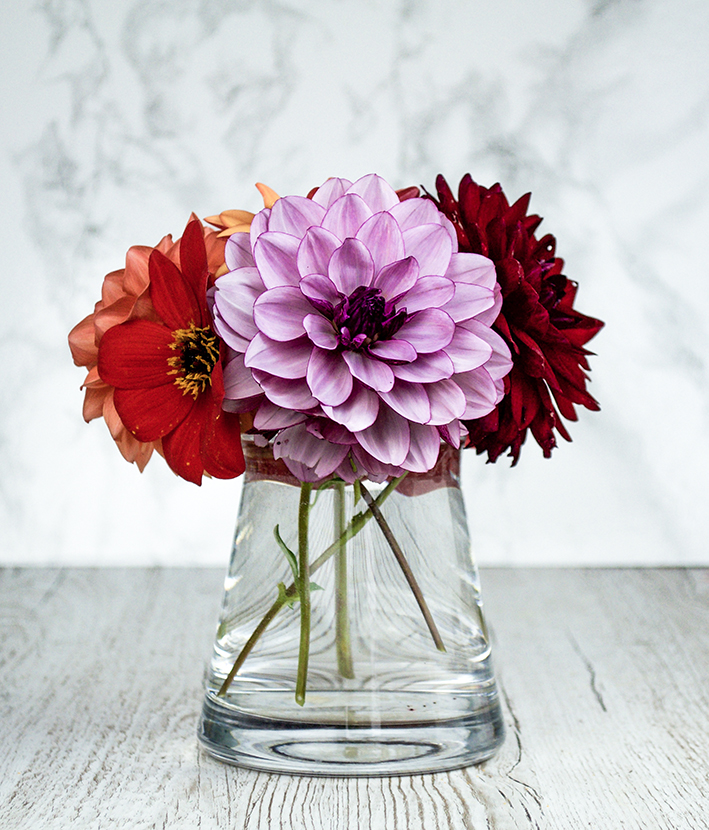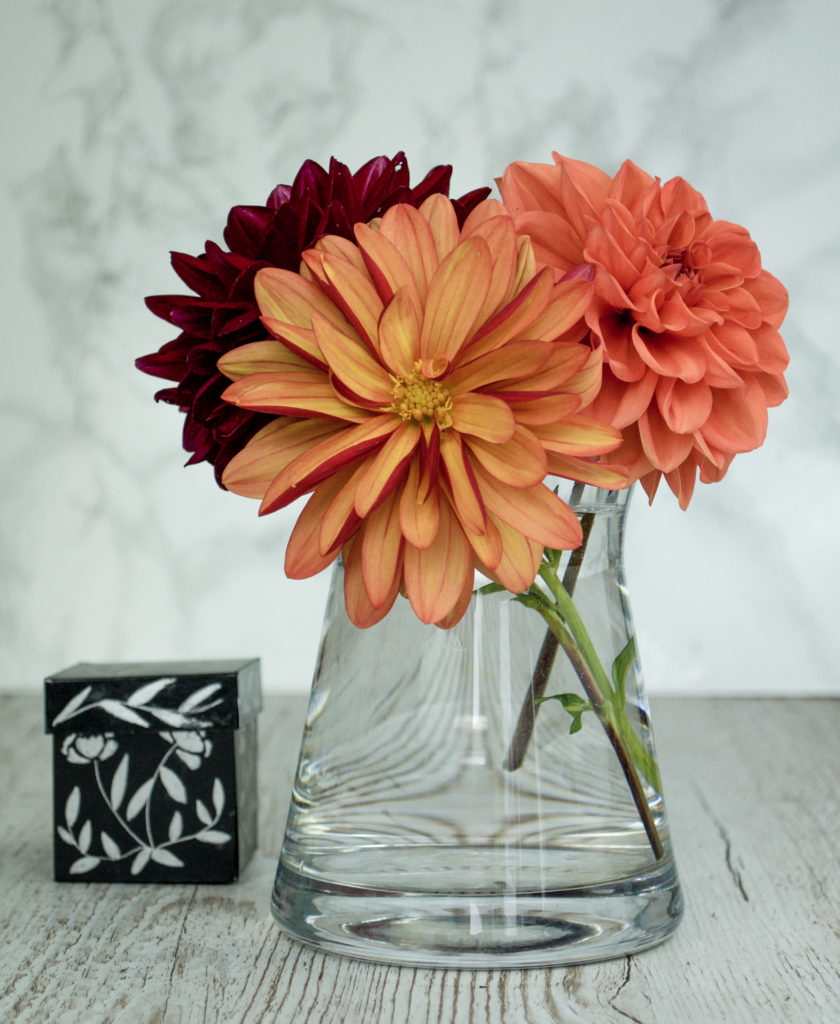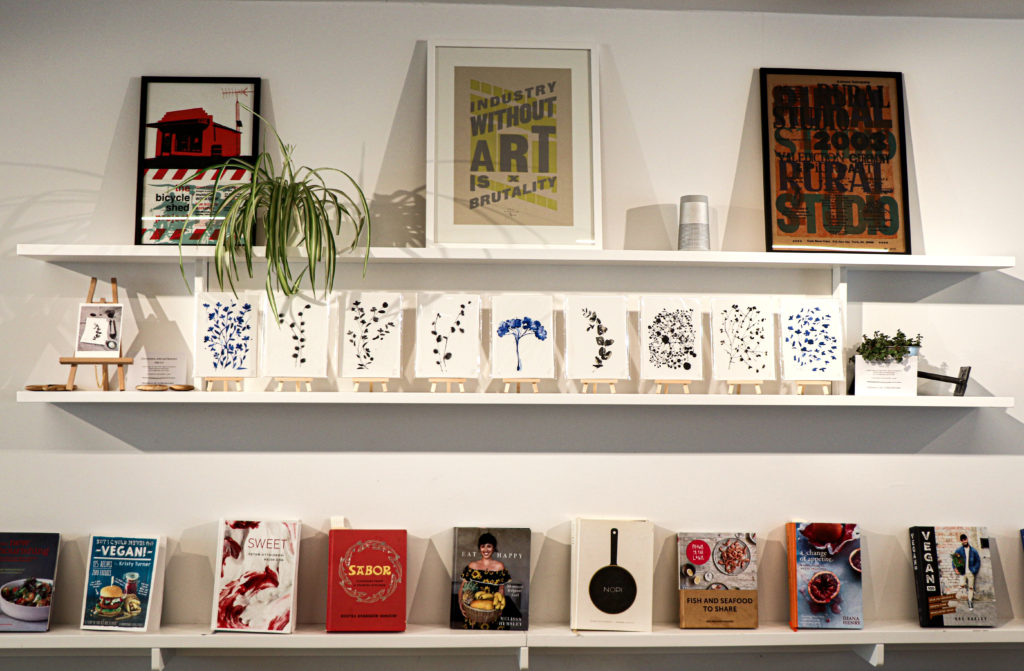 In June I showcased some new work in this most beautiful of venues as Colchester Makerspace’s ‘Maker of the Month’.
In June I showcased some new work in this most beautiful of venues as Colchester Makerspace’s ‘Maker of the Month’.
 This is a soft launch of a new body of work for me and a new creative direction. The small-scale show displays my ink on sumi and watercolour paper work. My pen and Japanese calligraphy drawings are shown as A5 limited edition giclée prints on archival paper, created specifically for the venue.
This is a soft launch of a new body of work for me and a new creative direction. The small-scale show displays my ink on sumi and watercolour paper work. My pen and Japanese calligraphy drawings are shown as A5 limited edition giclée prints on archival paper, created specifically for the venue.
I’ve often talked on this blog about desire to celebrate simplicity and my experiments with ink. This work simply marks a point in time for this on-going project. I’m really enjoying the experimentation process while using different kinds of paper with various mark-making tools using ink.
I am currently obsessed with working ink over sumi paper. I love the fact that you have to work fairly quickly with sumi paper as it immediately absorbs the ink. You have to think fast when you make your mark. I’m also intrigued by the difference that work on this rice paper has in comparison to ink drawings made on high quality hot and cold-pressed waterscolour paper. Both in the final finish and the actual working process.
You can take a look at how I created one of these pieces in the video below…


